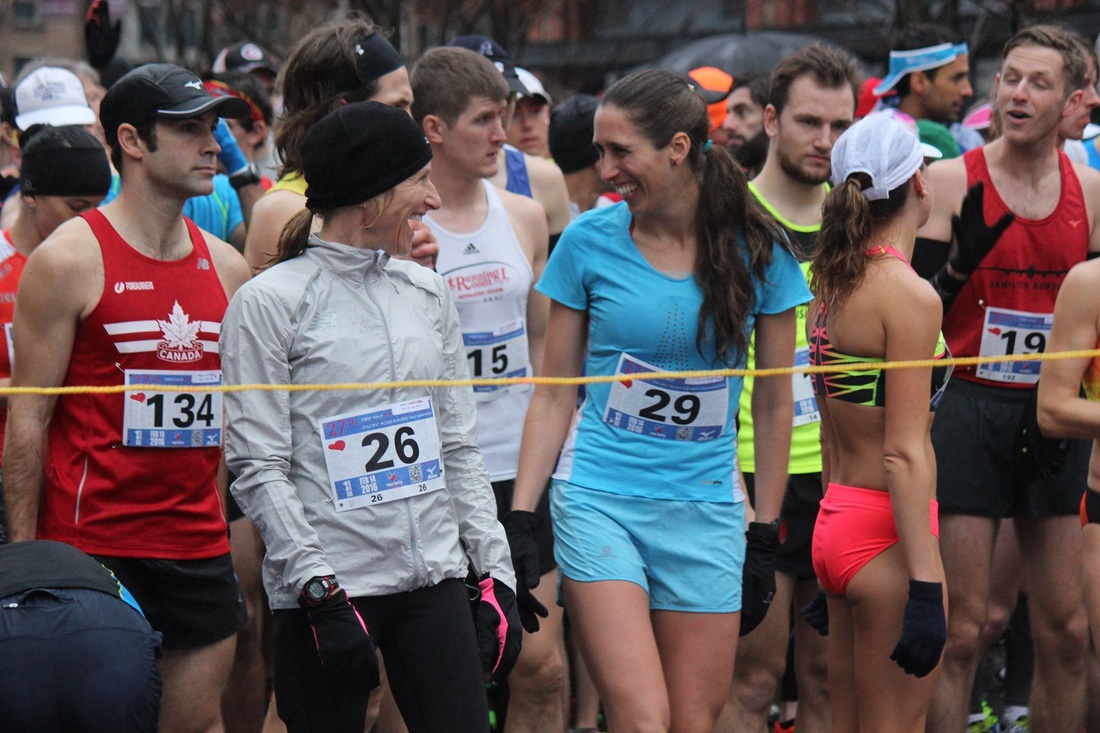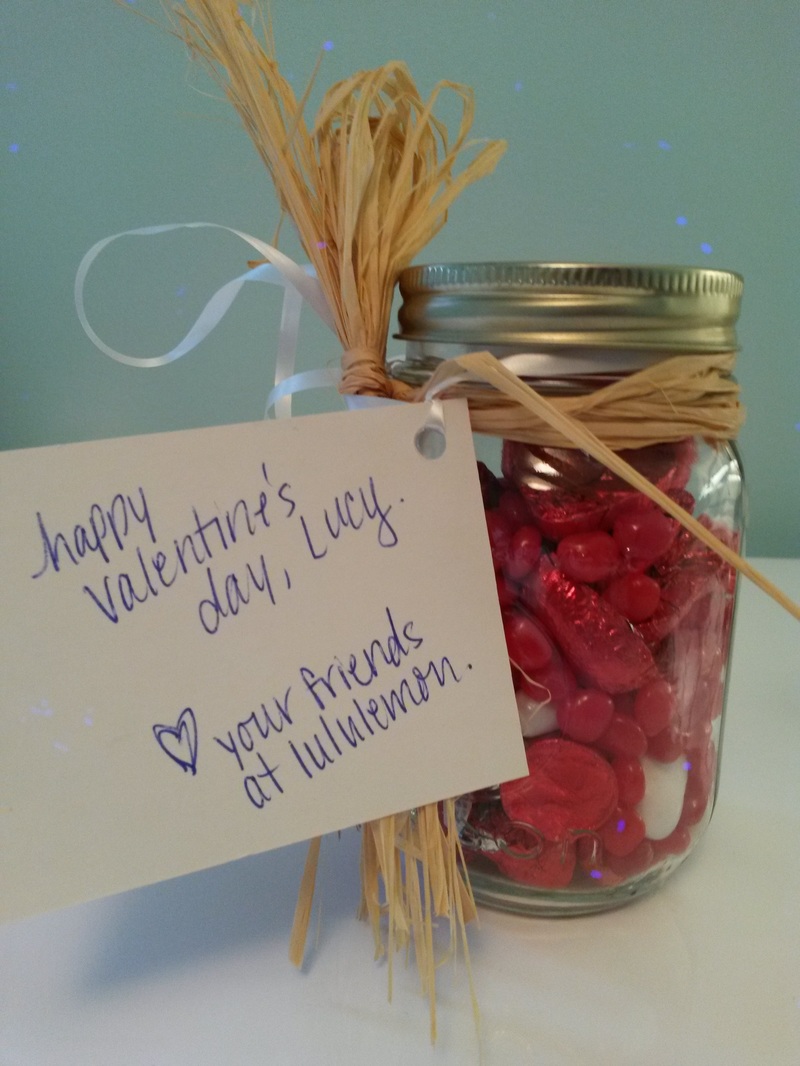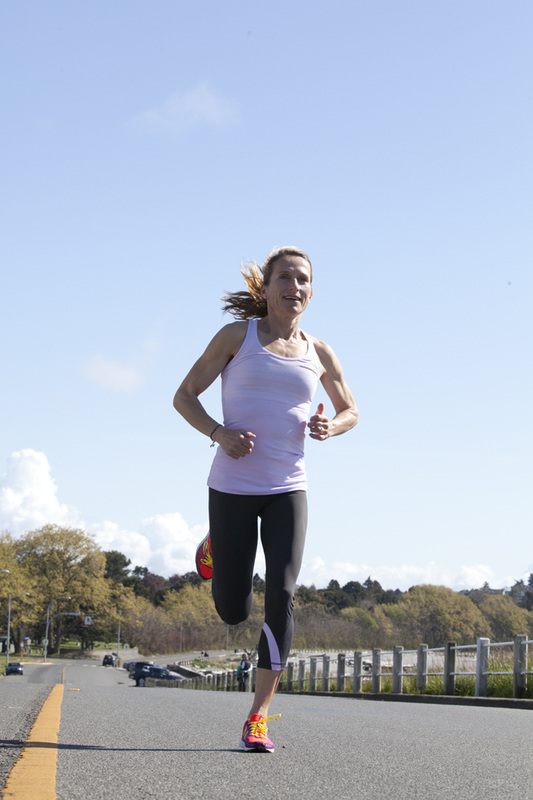Joy, Sadness and Racing. Life is Never a Straight Shot from A to B When I was a full time athlete, my coaches often knew how I would do before I even stepped on the line. When you put your trust in a coach, and you open up to them, and you create an amazing bond and a vulnerability: they know you. The truly amazing coaches just naturally learn their athlete’s patterns, emotions and strength: when they are strong and when are still building. Coaches recognize what you need, to perform well—both physically and emotionally.
Back in 1997 I was sitting on my bed at the small hotel in Guernica, Spain the day before the World Duathlon Championships. I was watching the funeral for Lady Diana, the Princess of Whales on Europe’s English TV, tears streaming down my face. I, like so many others, had loved Princess Diana, not in the way you follow and stalk Royalty, but because I found her genuinely beautiful, and a good person and I was sad that she died too soon, tragically, before she found happiness and could live life on her own terms. Lance, who coached me at the time, found me on the bed weeping, and he made a comment (not unkindly, but knowingly, that way coaches do, especially before major goal races) to the effect of: maybe I shouldn’t be watching such sad things to get “up’’ for a race. He had watched I race many times, and he knew, like the coaches before me, that I raced best when I was happy, loving life, having a laugh with the people around me, feeling good about life. Life doesn’t always follow along with your race plans though does it? I will freely admit that I don’t race like a pro anymore, but I still enjoy the process of training and the excitement of race day and a good hard effort. I love the athletes and my community. I don’t put that full time commitment in anymore but I don’t totally slack off either. I stay away from drinking too many Manhattans and dancing the night before races, and I try to stay away from silly mistakes that could de rail a good race effort. (I taper, I eat well, plan for race day, purely out of habit!). I decided to do the First Half ½ Marathon in Vancouver for several reasons. I won that race in 1:14, back in 1998, the same season I went on to race Triathlon in Europe in the ETU circuit, and after a long and mainly successful season, finished 2nd in the series. After 1999, I was injured, then pregnant, then living in Victoria, then pregnant again, and while they devotedly invite me back every year, I have never been able to make it, getting busy with kids and post sport career. I thought it would be a nice early season goal for 2016—and I have been going well in training and pulled off a good one at the first 8k of the season. I came off a great 2 weeks of training before my taper last week, and experience has taught me to taper well these days: be rested, and err on the side of undertraining. I backed off the mileage and practiced yoga to keep me strong and balanced (emotionally and physically). Well, as anyone who practices yoga knows, you never quite know what is going to crop up for you in class. Some days I leave the warm, Zen calm of the Moksha studio, happy and blissed out, smiling at everybody and some days I leave the studio just mellow and really grounded, and still smiling. Well, last Thursday, right after the series of backbends (yup, trust those backbends to bring it all up), the heavy emotions started to come out. So, my heart was bursting and I knew it was about Laura. Laura was my childhood best friend in Nova Scotia, and my first training partner, who died far too soon from lung cancer, last year. She was 48, a mother of two girls, hilarious, strong and beautiful and her loss was felt by a lot of people. Not a day goes by that I don’t think of her. She was an artist and a graphic designer and a runner, and she saw beauty and humour everywhere in the world, so I think of her every time I see an eagle perched on a tree, the sparkling ocean in the sun, the tiny blooms coming up. The sadness was turned up pretty high last Thursday, and so with my heart heavy, I had to turn to my correspondence with her. I looked through my past emails and was struck by the fact, that it has been exactly a year, since the first long conversation on the phone about her cancer. How was I to know at the time, that this person, who I had had in my life since 5 years old would be leaving the planet in only 8 months. I have more childhood adventure stories about Laura merely because we were friends at that time of life between 8 and 12 when life is hilarious, fun, a rowdy free ride and still full of wild imagination. In that call, we talked about our kids, work, marriage, the cancer, the prognosis, how she was dealing with it, how her family was dealing with, what the treatment would look like and just the horribleness of it all. And we laughed a lot as Laura and I have the same sense of humour and I totally got her jokes. It was in that conversation that she told me she had tried to run the day before, just to see if she could still run. We came to the conclusion and agreement that I would coach her. I would lead her through a walk/run program while she still felt healthy and we would run the Bluenose 10K in Halifax together. It was the start of an amazing journey of coach, athlete and friendship, for us both, a journey I am writing about and will share at some future time. But sometimes, like last Friday, I think about Laura and I am just sad. Sad that she isn’t here. Maybe I shouldn’t have read those emails again right before a race, just like I shouldn’t have watched princess Diana’s funeral on TV before a World Championships, but I am only human and being human is sometimes about following your heart when it feels right. So, during the First Half ½ Marathon, when the run was certainly not going my way, I didn’t get too worked up. Some days just don’t work out, and life is full of uncertainty and the unexpected. I just couldn’t get warm. I know I am pretty low on body fat but so were all the elites out there---skinny bunch of running machines that they are—and they were cold but fine! By 10k, the cold had affected my legs and my muscles were not working very well. A tight feeling in my hamstrings became knee pain and calf cramps. I went to plan B: back off on the pace to relax the tension and still get a good base run in. I worked on my posture, I relaxed and stayed calm, I gave myself all the mental cues that I coach in all my clinics. I said thanks to the kid who was out in the pouring rain at mile 8 on the seawall with his dad, cheering. When I coach, I often give people this imagery that they can visualize helium balloons in their pelvis, to keep them tall and light and floating. After one of those clinics a woman told me that she used it until on day they just popped. I laughed my head off. I know what she means now. As women and men passed me, I started using all the tools in my box one by one to stay in the game: I tried to hook onto their cadence, stick to their backs, match their pace, but it was getting harder. My leg was getting tighter and increasingly painful. I can deal with discomfort, but pain is a red flag. Another guy went by, then a few small packs and another. Then a tall athletic guy with great legs went by. Using my final card, I decided to be really superficial and just stick with this guy because he had a rear view that was nice to look at. It worked: for about 2km. I guess he didn’t like being objectified so he took off. Finally, my leg became so painful, the question became not how slow will I go, but can I even finish without injuring myself. I rarely get pain in races, and I have been gleefully injury free for a long time, so all the pain really was a surprise. I absolutely hate dropping out of races, but I decided, after stopping twice to stretch and let another 30 people go by, that dropping out was smart. I value my running too much! I don’t want to be injured. They say it takes courage to finish races when you are suffering, but I also know it takes courage to drop out. The walk back was entirely cold and miserable, and I felt chilled to the core and somewhat deflated not to complete the race, but I wasn’t too gutted. I knew I had made the right call. And in the women’s dressing room, where we all struggled out of our wet clothes and into dry ones as best we could, the elite women were friendly: supportive, empathic and understanding. They were all checking in with me and each other and sharing stories of the cold wet day and future goals. I didn’t make it to the finish line-- which it so rare that I think I can say I have only ‘not’ finished 4 races in my whole career—but I still got to be around my community and my friends and love to see people racing and following their passion and dreams, as, heck, I do get that. I still felt sad about Laura afterward, and I think this is how grief works. You can’t control it, but you do have to accept it and find the beauty in that fact that you have had someone to love and it’s the only way you can move on, to allow it to pass through you when it comes. If I had suppressed my sadness, and turned it into the old blind intensity that I used for racing and winning in the past, perhaps I would have injured my 48 year old body that is more fragile than it used to be. Whatever the case, I arrived home later that evening, after a ferry ride back to my gorgeous island, in which the darkening Active Pass was both dramatic and beautiful, and found a jar of LOVE on my table, from my friends at Lululemon. I also found flowers from my husband, and a waffle iron from my son Ross. His gift to me to him. (Yes, think that one through). Life is not happy all the time: it is unpredictable and comes with uncertainty, but it sure is filled with joy.
1 Comment
I was only 7 years old when the several hundred shards of an early Australopithecus afarensis skeleton was discovered and carefully brushed out of an Ethiopian desert. Later, sometime in middle school or high school, we studied this early human, named Lucy, and I thought what a funny name to choose for a skeleton. First I had ‘Lucille Ball’, then “Lucy in the Sky”, and now an ancient partial skeleton as namesakes. By this point in my life, I was already well on my way to becoming the runner I would eventually be, but I was too early in my training to understand the significance of this early Lucy and the modern early Lucy I was. That she was found in Ethiopia—whose long distance running athletes I would soon be learning to admire, emulate and observe closely-- was also beyond my consciousness at that point. Having run since I was a little kid, I was already efficient and sort of a natural. The 3 million year old version of ourselves that had been found in 1974, had only just evolved to walking upright, so she wasn’t all that gainly, graceful or even adapted yet for running, let alone walking. In the 3 million years that separate ‘Lucy” from my community of runners today, a lot has happened. The one I find most interesting, because when I am not running or coaching, I am an avid digester of anthropology, social psychology and culture, is how our ancient necessity to evolve into superior endurance runners in order to survive the mammals that we both wanted to eat and who were chasing us, is all but gone. These days we run because we can. (Or have to, for our declining health). For most of us lifelong runners, we run purely because it feels good. I am not running away from anything anymore. We all have used running to run away from our lives at times, to squash our fears and struggles as humans. We use running to overcome obstacles and self-doubts and bad days at the office. But this is only the metaphoric tiger lurking in the forest beside the trail. So, if I’m not running away from anything, and I am not even running to something, why do I run? Sometimes I run towards a finish line, sometimes I run to catch my kid in a game of tag, but you know what I mean. It is not a matter of life or death, but for my current running ability I owe my ancestors of several million years ago: all those early humans who ran for several days just so they could eat some meat and survive to produce another generation of...well...runners. Running efficiency, bare foot running, minimalist footwear, and biomechanics are the current issues facing the multitudes of new runners. But history is also so important and so fascinating. It seems that 500 years of civilization, industrialization and leather shoes, have all but undone the millions of years of evolution that created the naturally great runners out of humans. While I didn’t have the good fortune to be born in the highlands of Ethiopia, I was lucky in that I born into the generation before Wal-Mart, cheap goods and really really cheap stiff as boards shoes. As a kid I was either in bare feet, tennis sneakers, or soft rubber soled Clarks. I really owe it my parents, for always putting me in flexible soled shoes when I was a kid and for letting me wander around the neighbourhood barefoot. Sure, I used to cut my feet on glass, step on nails and scrape them on barnacles, but I seemed to survive all this (with a few tetanus shots and a lot of wild smelling Dettol) and what’s more, I got the North American version of growing up barefoot. As I grew older and my passion for running developed into a career, I had a program where I did a lot of barefoot running after run practices, doing drills, plyometrics and strides on the infield! Obviously there are few more factors I can be thankful for, like my mum’s interest in growing her own vegetables, feeding us whole food, and the limited family budget that generally kept us out of fast food restaurants. But as far as developing into a good runner, the current research on barefoot running, human endurance, and efficiency I can’t help but think that all this barefoot running I did as a kid was a huge help, even if I didn’t have to run 10 miles to and from school every day, like those kids in Ethiopia did and maybe still do. I believe in fundamentals, simplicity and form. Runners need to practice and maintain efficiency and natural functional strength of movement as they add volume and intensity to their training. I love passing on this joy in the form of graceful running and have developed the Run For Joy clinic around the basic principles of form and efficiency coupled with a positive mind set. In my Run For Joy clinic, I coach this strong, balanced, and efficient run posture, allow runners to connect with their natural core strength, and focus on a powerful and relaxed mind, body and stride. I have coached hundreds of kids, as I believe we teach kids ball and stick skills, game skills, sport skills, and we should teach basic run skills as well. I have coached hundreds of adults, hoping to pass on a few tidbits that will keep them out of injury, and more consistently happy with their running. It is such a simple sport, one you can do alone, or with a group, in any weather and at any time of day. Running can be your thing, or it can be part of your cardio vascular training for another activity. But however you do it, Run For Joy! For more about Run for Joy clinics and more writing on the life of running, please visit my website! http://www.runforjoy.ca/ |
joyWriting about the art of moving well and the lived experience of a life in sport. Archives
March 2023
Categories
All
|



 RSS Feed
RSS Feed